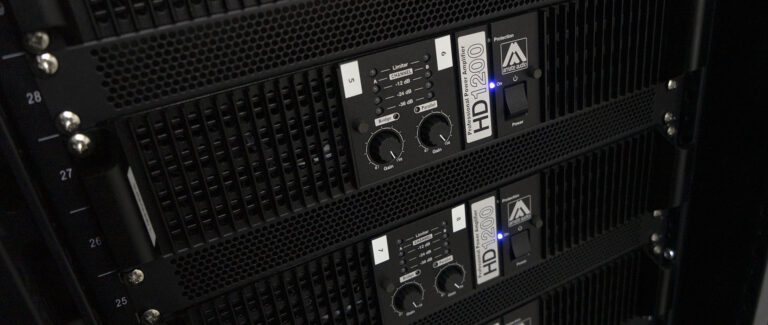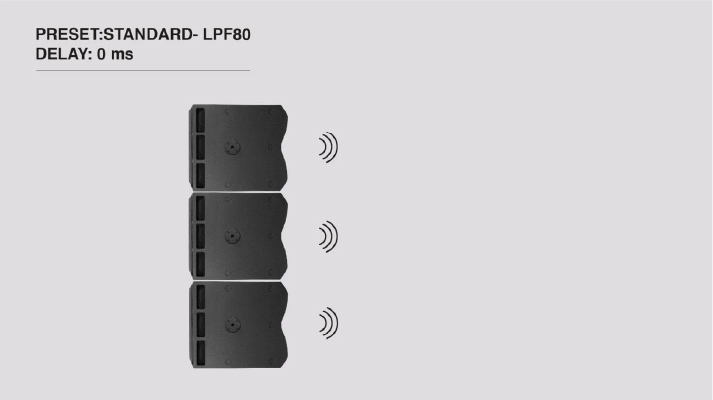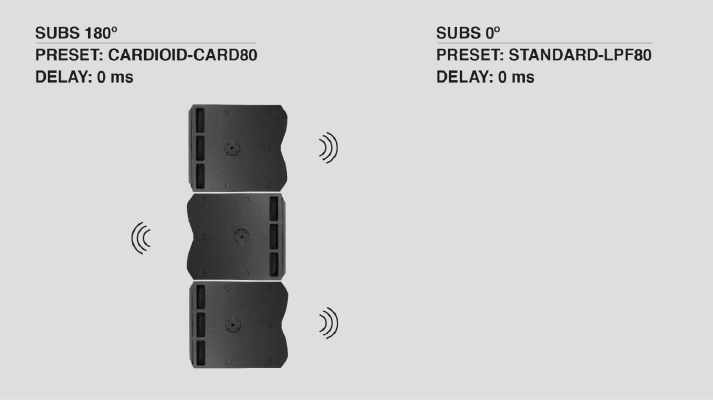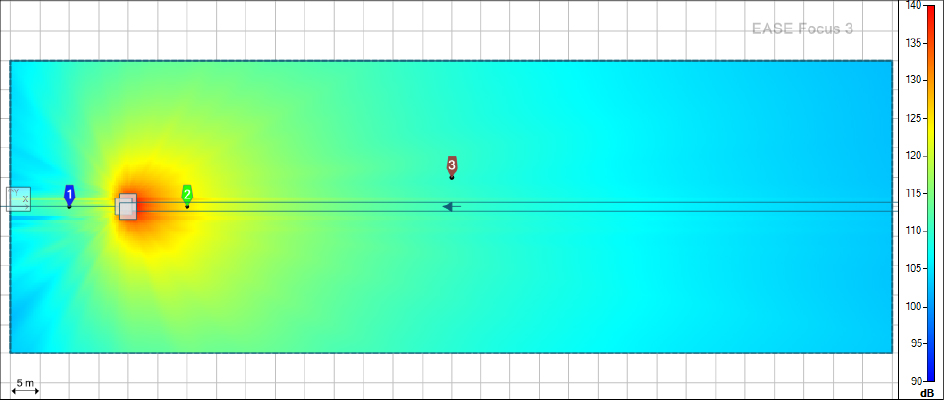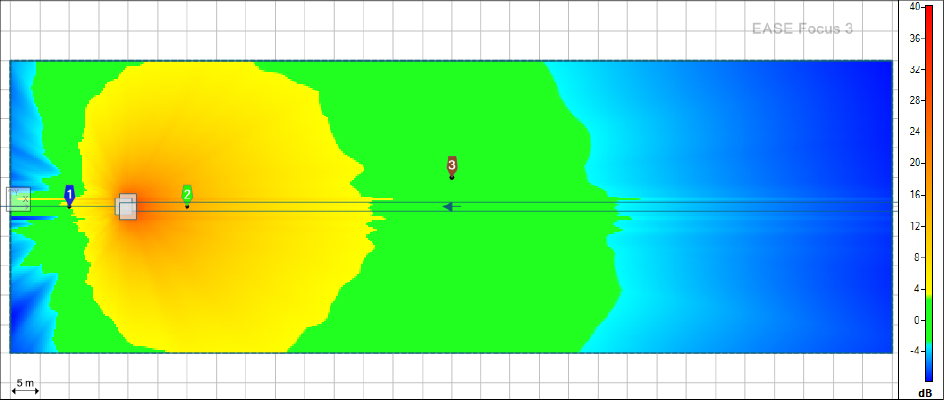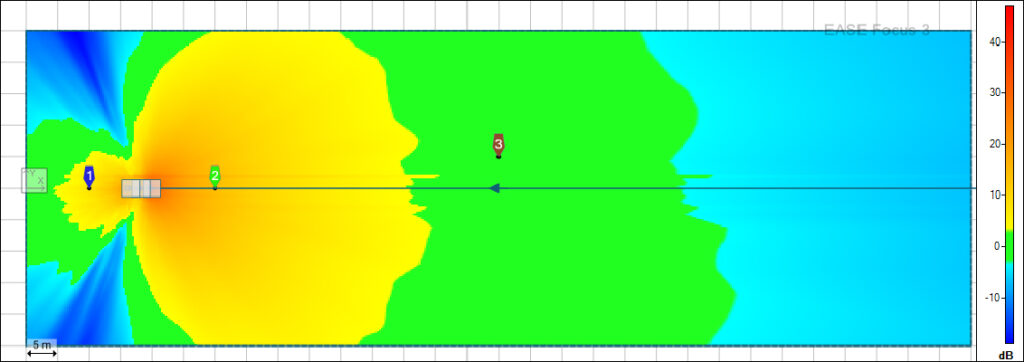A subwoofer array is a set of two or more subwoofers placed each one close the other in order to improve the sub bass response of the system, i.e. adapt the directivity of the sound system to the acoustical requirements of the venue.
In the attached document we will show some basic subwoofer array configuration and other ones that are more elaborate. The target here is to make easy choosing a configuration once understood the requirements of the application. All the simulations shown here are theoretical (But we have confirmed the performance in in-field tests), many factors can change the configuration’s performance. For all the simulations we used an Amate Audio Xcellence X218WF.
The working principle of the subwoofer arrays is their complex summation. Placing the subwoofers in the correct position will result in a constructive interference in the areas we would like to have increased sound pressure level and destructive interference where we would like to have minimum sound pressure level.
Now we are going to introduce the basic configurations for subwoofer arrays. We recommend to download the attached document where we can find advanced array configurations in order to discover the true potential of our systems.
